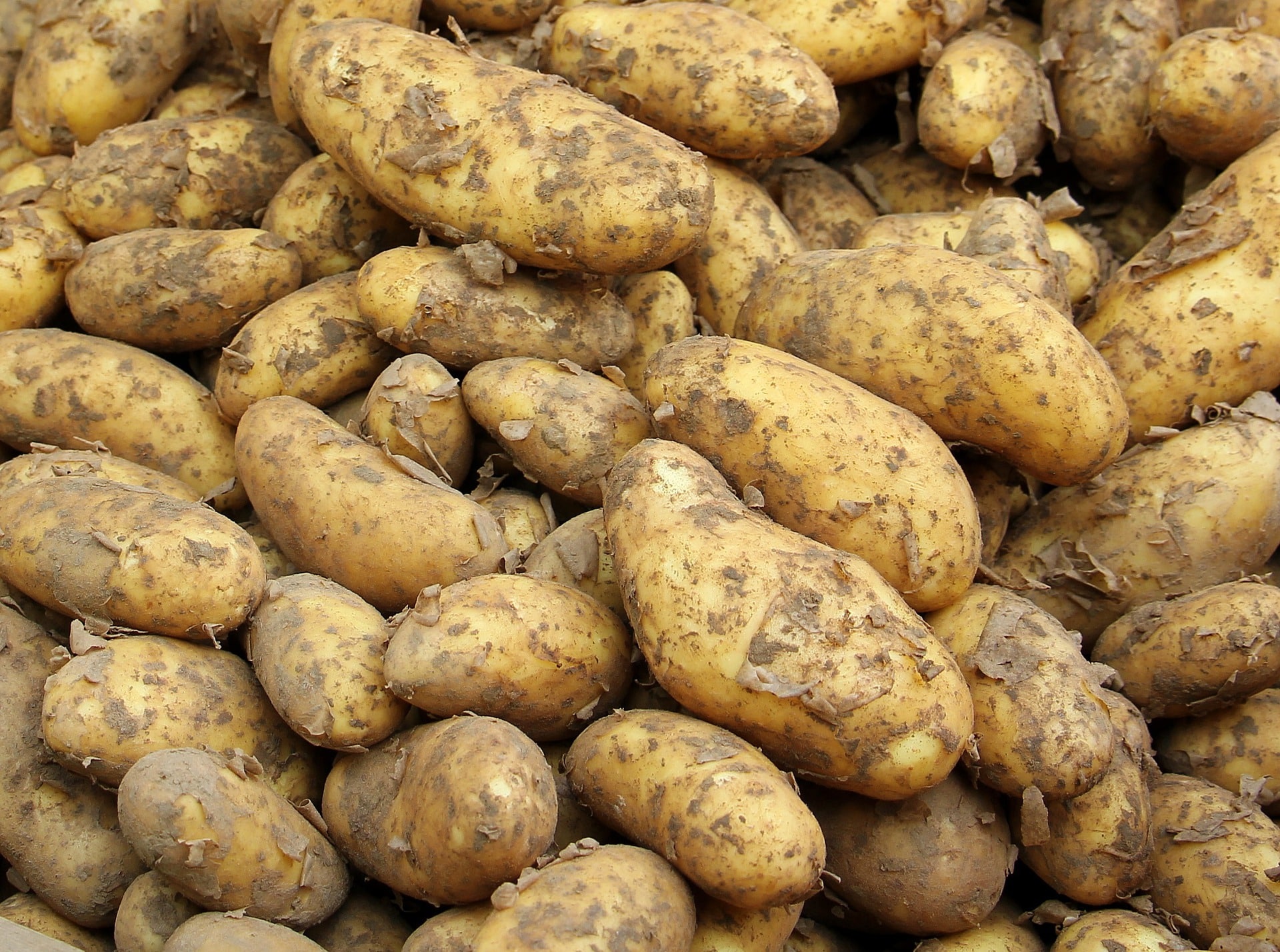A new study by researchers from Texas A&M AgriLife have discovered a level of resistance to zebra chip disease in certain wild potato species.
Funded by the Texas A&M AgriLife’s Insect Vector Diseases Seed Grant Program, the study analyzed 52 wild potato species with one resistant accession and three tolerant accessions, according to a release.
“This type of outcome was precisely what AgriLife Research envisioned when we decided to fund Insect Vector Diseases Seed Grants,” said Henry Fadamiro, chief scientific officer and associate director of AgriLife Research and the associate dean of Texas A&M College of Agriculture and Life Sciences. “We would like to thank the Texas Legislature for funding AgriLife Research’s IVD Exceptional Item Request that has made these seed grants possible. Their continued support is invaluable.”
Zebra Chip Disease
Zebra chip is associated with Candidatus Liberibacter solanacearum, an unculturable bacteria, and is transmitted by the potato psyllid, an insect vector. When not addressed, the disease can result in losses up to 94 per cent in potato yield.
“Zebra chip-affected tubers are of poor quality, exhibiting vascular ring browning and brown flecks,” said Kranthi Mandadi, a research scientist for the Texas A&M AgriLife Research and Extension Center at Weslaco and associate professor in the Department of Plant Pathology and Microbiology at Texas A&M. “These chips also have a bitter taste and dark brown striped, zebra-like patterns when fried. If left uncontrolled, the disease can become a significant detriment to potato production.”
Potatoes are grown across all regions of Texas with commercial acreages located in the South Plains, Panhandle, Rolling Plains, Winter Garden and Rio Grande Valley areas, explained the release.
“In Texas, we have been dealing with the zebra chip issues for more than 20 years,” said Isabel Vales, AgriLife Research associate professor and potato breeder. “Over that time, the disease has become pervasive and has expanded not only in this state but also in other potato-producing states.”
Crops including tomatoes, peppers and carrots can also be affected by the bacterium and insect vector linked to zebra chip disease. While existing management strategies for zebra chip center around using insecticides or alternate cultural practices to control the psyllid vector, Vales believes it is not the best route to control the disease.
“Both of these have only marginal benefits, and while using chemical measures has helped control the psyllid population, this approach is associated with high costs and the potential for increased insecticide resistance,” she said. “That’s why identifying and breeding novel genetic resistance and tolerance to the zebra chip is another important avenue to achieve integrated pest management.”
The Findings
“For the past four years, our team has been studying approaches to control zebra chip disease, thanks to seed funding from projects associated with the Insect Vector Diseases Grant Program,” said Mandadi.
The plant material used in the study belonged to a Solanum sect. Petota diversity panel derived from true potato seeds from Wisconsin’s U.S. National Plant Germplasm System.
“New sources of zebra chip resistance were identified among a wild collection of tuber-bearing Solanum species present in the Petota panel,” said Mandadi. “This panel of wild potato is a taxonomically well-characterized and diverse collection from which one can mine for valuable potato traits.”
Multiple accessions were “susceptible and moderately susceptible, showing some upward leaf rolling, chlorosis and plant stunting,” according to Mandadi.
“But following the screening, phenotypic evaluations and quantification of the bacteria in the accessions infected with bacteria-carrying psyllids, we identified one zebra chip resistant accession, Solanum berthaultii, along with three other accessions that were moderately tolerant to zebra chip,” he said.
S. kurtzianum, S. okadae and S. raphanifolium were the three accessions found as moderately tolerant to the disease. The team also discovered that S. berthaultii is characterized by dense glandular leaf trichomes. Researchers believe the foliar structural modification could be a factor responsible for much of the zebra chip resistance observed.
“The foliar portion produces a sticky substance that seems to trap the psyllid to the plant when it comes in contact with it,” explained Mandadi. “As a result, many psyllids die before reproducing, thus reducing transmission of the bacterium into plants.”
Mandadi is optimistic that S. berthaultii is a prime source for zebra chip psyllid resistance. This form of resistance can be further studied to utilize insect resistance mechanisms for the potato production system.
“It could possibly be used in breeding new potato cultivars or even as a ‘trap crop’ that can be planted next to more traditional potato cultivars as a way to help eliminate psyllids,” added Mandadi.
Similar methods to identify wild plant species’ genetic resistance and tolerance could help mitigate other crop diseases including potato late blight and citrus greening, he concluded.
Read More:
Sensor to Detect Potato Rot Diseases Developed
Managing Nematodes and Disease Through Good Tools and Management









